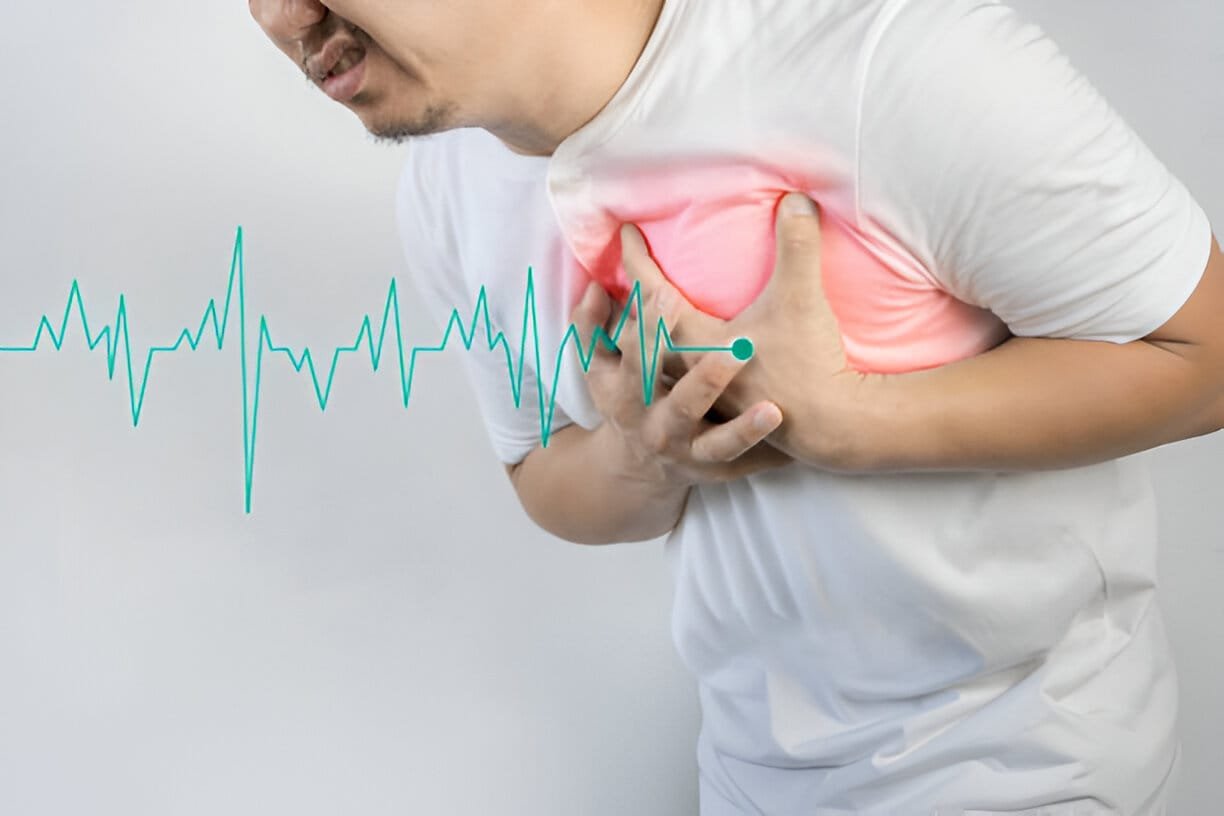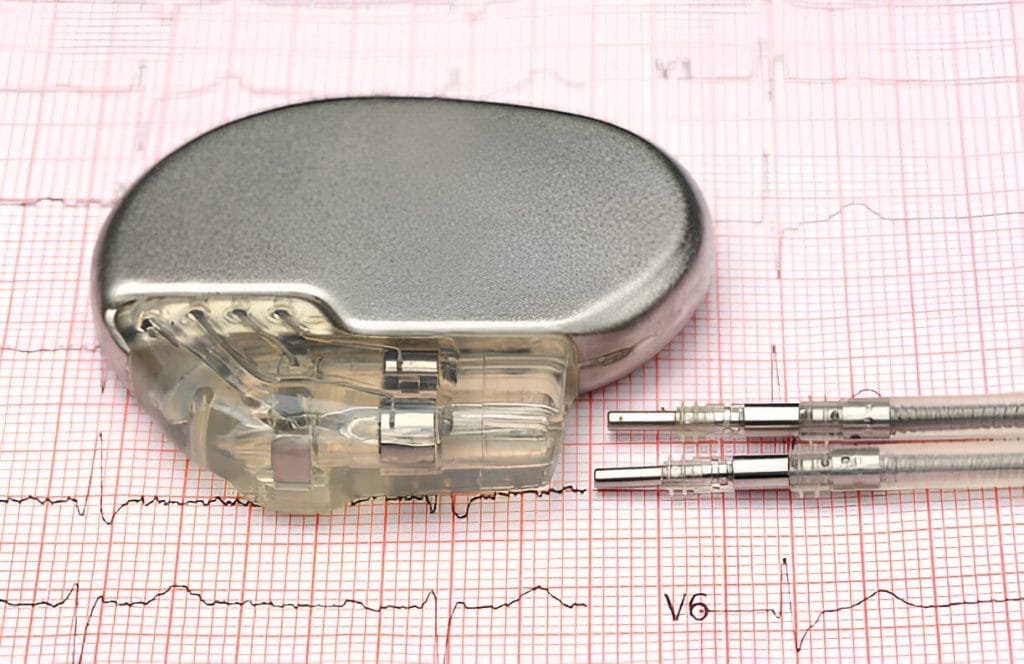What is Arrhythmia?
Arrhythmia refers to an irregular heartbeat rhythm, where the heart may beat too quickly (tachycardia), too slowly (bradycardia), or with an irregular pattern. This disturbance in the heart’s electrical system can impact its ability to pump blood effectively, leading to various symptoms and potential complications. Understanding its causes, diagnosis, treatment, and post-care is essential for managing this condition effectively.
Dysrhythmia vs Arrhythmia
Dysrhythmia and arrhythmia both mean the same thing: an unusual heart rhythm. The only difference is that the word dysrhythmia literally means “bad rhythm” while arrhythmia means “without rhythm.” Dysrhythmia and arrhythmia refer to when the heart does not beat at a regular rhythm or speed.
Types of Arrhythmia
Various types of arrhythmias exist, necessitating tailored care based on the specific arrhythmia type. It is crucial to align treatment strategies with the particular arrhythmia diagnosis to effectively address the condition. Some of these are:
Sinus Arrhythmia
Sinus arrhythmia is a normal variation in heart rhythm where the heart rate increases during inhalation and decreases during exhalation. It is usually benign and results from the influence of the autonomic nervous system on the sinoatrial (SA) node.
Atrial Fibrillation (AF)
Atrial fibrillation is a common arrhythmia characterized by rapid and irregular heartbeats originating in the atria. This condition can lead to inefficient pumping of blood, increasing the risk of blood clots and stroke.
Ventricular Tachycardia (VT)
Ventricular tachycardia is a potentially life-threatening arrhythmia originating in the heart’s lower chambers (ventricles). In VT, the heart beats at a fast, regular rhythm, compromising its ability to pump blood effectively.
What are the causes?
Arrhythmias can result from a range of factors, including heart disease, high blood pressure, electrolyte imbalances, certain medications, congenital heart defects, and stimulants like caffeine and nicotine. Underlying medical conditions, such as thyroid disorders and diabetes, can also contribute to arrhythmias. In some cases, arrhythmias may occur without any apparent cause.
How is it diagnosed?
Identifying arrhythmias requires a comprehensive evaluation, often involving the following:
- Symptoms: Symptoms can vary widely and may include palpitations (feeling of fluttering or racing heart), dizziness, fainting (syncope), shortness of breath, chest pain, and fatigue. Some arrhythmias might not present noticeable symptoms and are detected during routine medical examinations.
- Electrocardiogram (ECG/EKG): This common test records the heart’s electrical activity, helping diagnose arrhythmias by identifying abnormal patterns in the heart’s rhythm.
- Holter Monitor: This portable device records the heart’s activity over a 24-48 hour period, providing a more extended view of the heart’s rhythm during regular activities.
- Event Monitor: Similar to a Holter monitor, an event monitor is worn longer and records the heart’s rhythm when a person experiences symptoms. The patient activates the monitor when they feel symptoms.
- Echocardiogram: This ultrasound test visualizes the heart’s structure and function, aiding in identifying structural abnormalities that might contribute to arrhythmias.
- Stress Test: Also known as an exercise stress test, this assesses the heart’s response to physical activity, helping reveal arrhythmias that might occur during exertion.
- Electrophysiological Study (EPS): This invasive test involves introducing electrode catheters into the heart to analyze its electrical system and provoke arrhythmias under controlled conditions.
How is it treated?
The treatment of arrhythmias depends on their severity, underlying causes, and impact on overall health. Options include:
- Lifestyle Modifications: Lifestyle changes like reducing caffeine and alcohol intake, managing stress, quitting smoking, and maintaining a healthy weight can help manage certain arrhythmias.
- Medications: Antiarrhythmic medications control heart rhythm by regulating electrical impulses. Blood thinners might also be prescribed to reduce the risk of blood clots associated with certain arrhythmias.
- Cardioversion: This procedure involves using electric shocks to reset the heart’s rhythm back to normal.
- Catheter Ablation: A minimally invasive procedure where abnormal heart tissue causing arrhythmias is destroyed using radiofrequency energy or freezing.
- Pacemaker: For bradycardia, a pacemaker is implanted to regulate the heart’s rhythm by sending electrical signals to the heart when needed.
- Implantable Cardioverter-Defibrillator (ICD): This device continuously monitors heart rhythm and delivers shocks to correct life-threatening arrhythmias.
What are the precautions to be taken post-treatment?
After the diagnosis and treatment of arrhythmias, maintaining heart health remains a priority:
- Medication Adherence: If prescribed medications, adhering to the prescribed regimen is crucial for long-term management.
- Lifestyle Choices: Continue adopting heart-healthy habits, including a balanced diet, regular exercise, stress management, and avoiding stimulants like caffeine and nicotine.
- Regular Follow-Ups: Scheduled visits with healthcare providers allow for monitoring the effectiveness of treatment and making adjustments if necessary.
- Awareness: Being aware of any new or worsening symptoms and promptly reporting them to your healthcare provider is essential.
- Emergency Plan: Having a clear plan in case of severe symptoms or emergencies ensures timely and appropriate responses.
The profound influence of arrhythmias on heart health and overall well-being underscores the urgency of early diagnosis, which is guided by vigilant recognition of symptoms and thorough diagnostic tests. Once identified, a meticulously tailored treatment strategy comes into play, encompassing a spectrum from embracing lifestyle adjustments to implementing precise medical interventions. This comprehensive approach effectively manages arrhythmias, fostering a sense of control over heart health.
However, the journey doesn’t conclude there. The commitment to post-treatment care accelerates the momentum of recovery. This not only ensures the enduring well-being of the heart but also enriches the quality of life for individuals navigating the disease.

